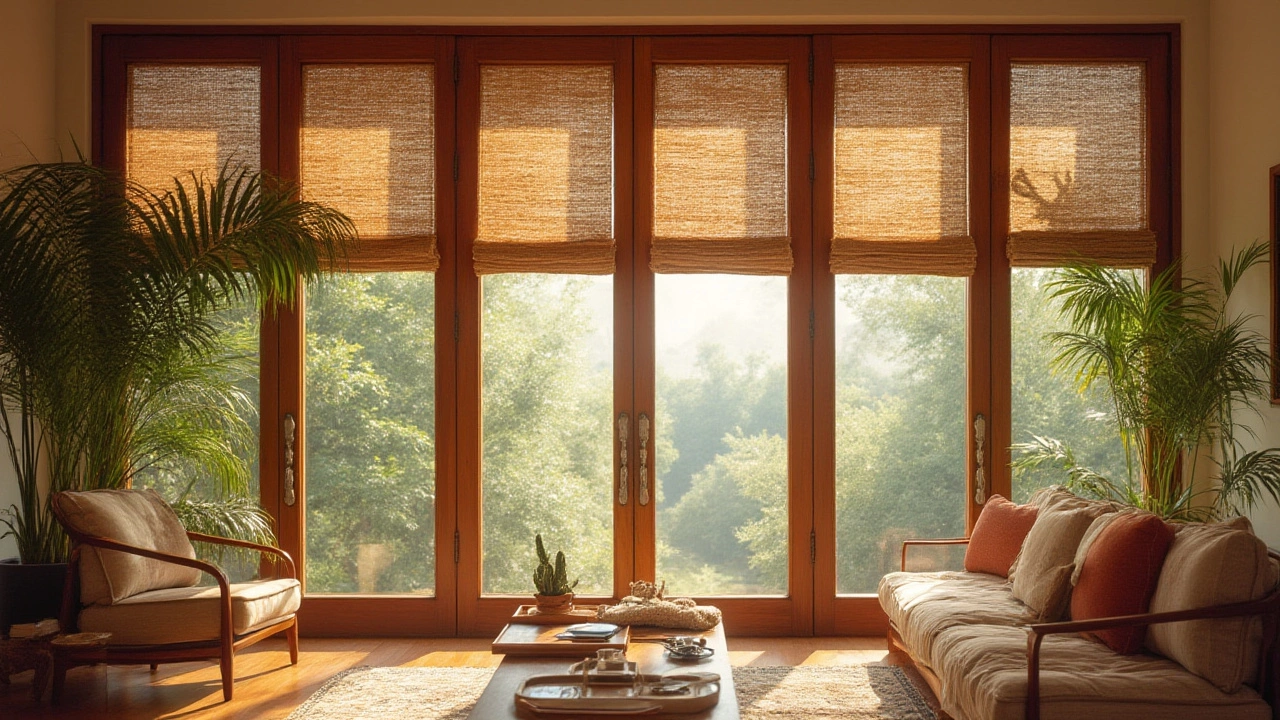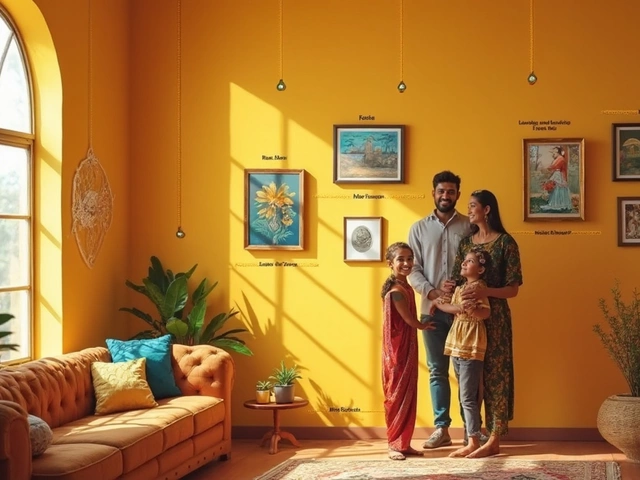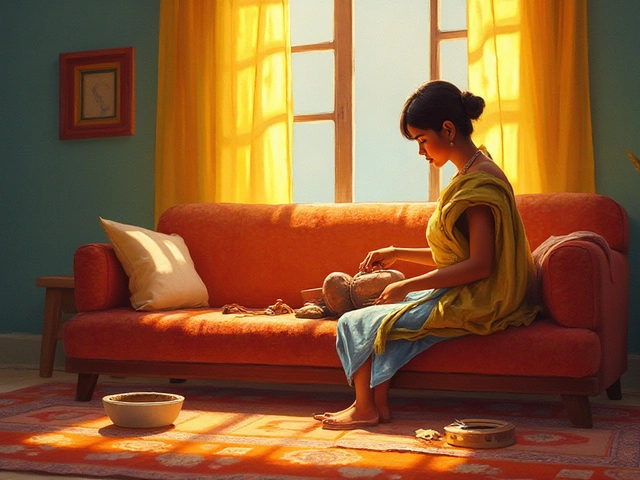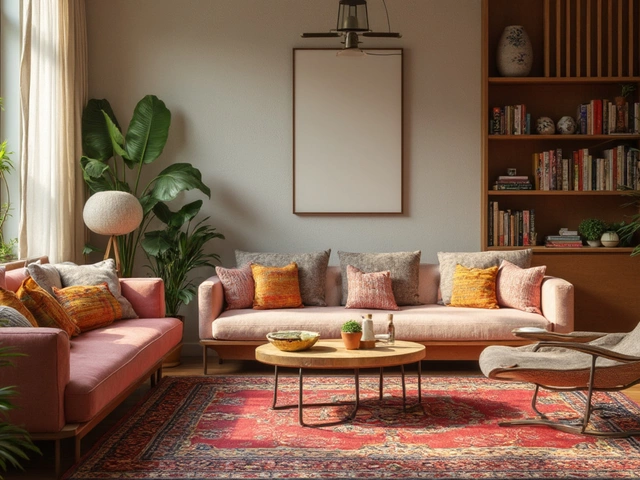Martha Stewart never settles for the usual. It’s no secret that her take on window treatments leaves the average curtain rod hanging. If you’ve ever scrolled through her kitchens or living rooms, you’ll notice something missing: drapes and heavy curtains are rare guests in her spaces. There’s a reason for that, and it isn’t just about style—though she nails that, too. Martha leans into practical, elegant alternatives that flood rooms with natural light, elevate charm, and sidestep the cluttered look fluffy curtains can bring. So, what exactly does she use instead, and why does it work so well? Let’s peek into her approach—it might be a game-changer for your own home.
Why Martha Stewart Says Goodbye to Curtains
She’s spent years testing what works in every type of home, from restored farmhouses to tiny city apartments. Curtains—especially the heavy variety—often make spaces feel smaller or dimmer. Martha is all about maximizing light and letting the outdoors in, and she’s said in interviews that she rarely uses curtains because they "trap too much dust" and "can look outdated or fussy." Her philosophy is, if you’ve got a great view, don’t cover it up. Openness, clean lines, and less fuss fit her brand of elegance. She opts for treatments that enhance rather than hide architectural features or beautiful windows. Even in older homes, she skips the Victorian curtain craze and steers towards understated simplicity.
There’s also a practical side—curtains can block airflow and are a pain to clean. Her alternative? Treat the window, not the wall. This means if something gets dusty, it’s far easier to deal with. Martha’s pet peeve? Sun-faded fabrics. She’s been open about avoiding materials that show wear quickly. Another compelling reason: in historic properties, covering original millwork with bulky drapes feels almost criminal. Martha prefers not to mess with house bones if she doesn’t have to.
Tastes evolve, but her method remains steady—which, considering how often trends come and go, says something. Martha doesn’t ditch practicality for style. Her solutions are meant to be functional every day, not just something that looks good in a magazine. Anyone who’s watched her walkthroughs or caught her tips online has seen this firsthand. People with allergies or pets especially appreciate skipping curtains; it’s just less to worry about. No wonder more designers have started following her lead.
The Martha Stewart Approach: Woven Woods, Roman Shades, and More
If you want to channel those Martha Stewart vibes, woven wood shades are at the top of her list. These are a classic Martha go-to, particularly bamboo and rattan versions. These shades filter sunlight, giving rooms a warm, inviting feel while still offering privacy. In her kitchen at Skylands—the famed Maine estate—she uses matchstick-style roll-up shades. They have a timeless, beachy vibe that’s miles from anything stuffy. The best part? They complement almost any paint color or style, from ultra-modern to rustic farmhouse. You’ll spot similar shades in her Bedford home, where she uses them even in bathrooms to balance light and privacy.
Roman shades are another Martha favorite. Unlike blinds, with their hard lines, Roman shades pull up in soft folds, adding gentle texture without swallowing up space. She likes simple neutral fabrics: think white linen, cotton canvas, or light gray. They’re easy to operate—just a tug or a cord. Visitors to her properties often remark on how these shades "melt away" when open, giving the illusion that nothing is there. Roman shades are especially good for awkward window sizes, where tailoring curtains would be a headache.
Occasionally, Martha leans into roller shades, but she’s picky—no brash, shiny plastic here. Instead, she prefers natural fibers or subtle prints that quietly do their job without drawing attention. She’s even been spotted using cellular shades (sometimes called honeycomb shades) in rooms where insulation is key. These shades trap air, making them both energy-efficient and understated. If you check out her home office setups or crafting spaces, you’ll likely find these in place of traditional curtains.
What’s underrated is how these solutions don’t just work alone—they layer beautifully. You can pair woven shades with a Roman if you need extra dim-out or add a lightweight sheer for visual softness. Martha is a fan of mixing materials, as long as the combo doesn’t look overworked. The result is a look that’s curated, tailored to each room’s light and function, and always inviting.
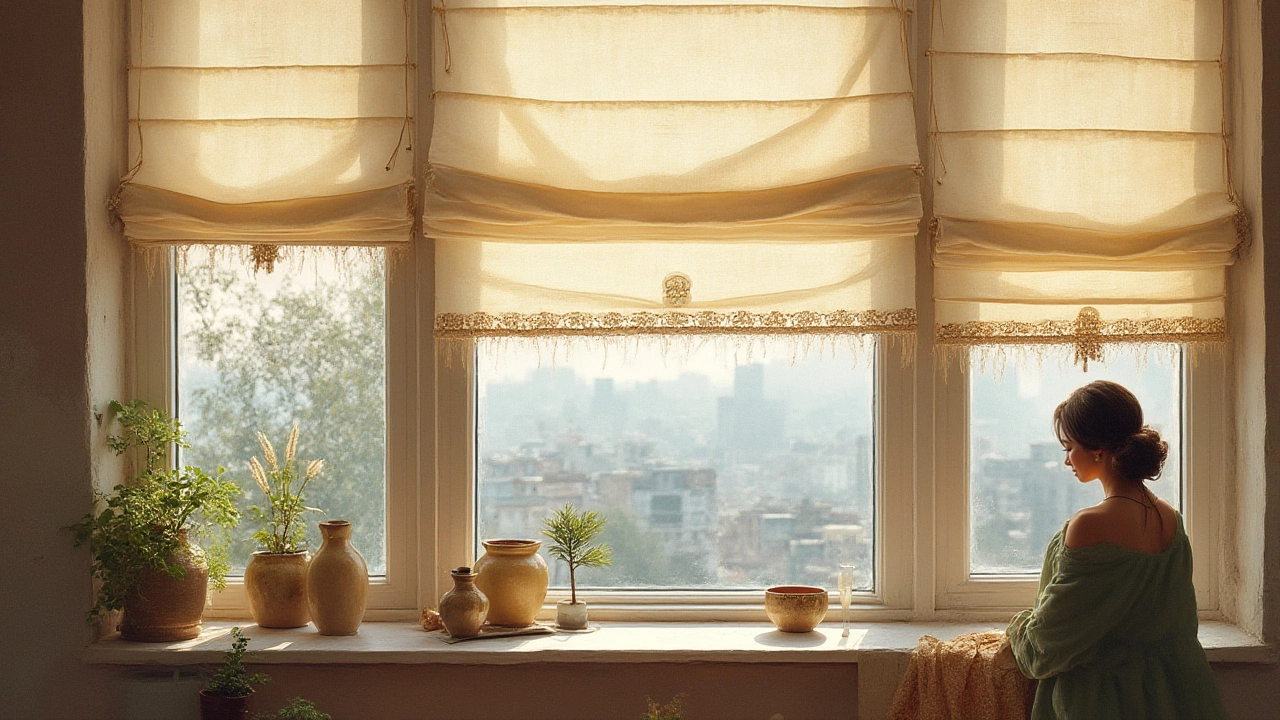
What Martha’s Curtain Alternatives Do for a Room
The right window treatment changes a room’s entire mood. With Martha’s top picks, sunlight pours in, and the view takes center stage. It’s not just about style or even practicality—it’s about boosting the overall energy of the space. Take a room that feels stuffy or dark. Swap thick curtains for woven wood shades and suddenly, you’ve got warmth and daylight bouncing off the walls. In the evening, draw the Roman shades to create a cocoon-like vibe, but during the day, let them disappear for an airy effect.
The elegant thing with woven woods and tailored shades is how they show off what’s beyond the glass, whether it’s city skylines or garden greenery. Martha’s guests often mention how her window treatments "frame the outdoors rather than hide it." This creates a flow between inside and out, making spaces feel more expansive. If your goal is to showcase architectural details—like original window casings or unique frames—these alternatives do just that. Curtains, by contrast, can overwhelm small or unusual windows.
For homes with open-concept spaces, following Martha’s formula ties everything together. Using the same or coordinating shade throughout keeps sightlines clean and prevents that patchwork feel. Privacy can still be dialed up when you want, thanks to blackout linings or double-layer options. And unlike long drapes, shades are pet and kid-friendly—there’s nothing to tug, trip over, or get tangled.
When it comes to cleaning, these options outshine curtains. Most woven wood and Roman shades can be dusted with a soft brush or even vacuumed. No more wrestling giant fabric panels into the wash. In kitchens or bathrooms, where moisture and spills are likely, they’re a no-brainer. Practical, low-maintenance, yet seriously stylish—sounds like classic Martha.
Martha’s Favorite Materials and Where to Find Them
Materials matter to Martha, and she’s always been a stickler for the real thing. Woven woods like bamboo, reed, and matchstick evoke a handcrafted touch that can’t be faked. They come in neutral tones that age well, and each one adds character—a little unevenness just makes them look more custom. If you’ve seen her decorating guides, you know she prefers shades sourced from trusted makers. For linen and cotton Roman shades, she leans into unfussy, tactile weaves, avoiding synthetics where possible.
| Material | Look/Feel | Where to Use | Key Benefit |
|---|---|---|---|
| Bamboo | Natural, rustic | Kitchens, living rooms | Light-filtering, eco-friendly |
| Matchstick wood | Casual, beachy | Sunrooms, porches | Low cost, simple to install |
| Linen | Soft, elegant | Bedrooms, offices | Breathable, timeless |
| Cotton canvas | Structured, modern | Bathrooms, kids’ rooms | Durable, easy to clean |
| Honeycomb | Sleek, minimal | Windows needing insulation | Energy-efficient |
For folks wanting to source similar shades, several national retailers carry the same types she uses. Pottery Barn, Serena & Lily, and The Shade Store have sleek options that channel Martha’s look. Online craftspersons and stores on Etsy also carry custom bamboo and linen shades—great if your windows aren’t standard sizes. For a DIY spin, lightweight bamboo shades are surprisingly simple to cut and hang. Martha has even shared tutorials showing how to paint or trim edges for a personalized finish. Keeping to neutral tones is her calling card, but she doesn’t shy from a bold stripe or subtle pattern when the room needs a “pop.”
Want a truly Martha-inspired tip? Install the shade slightly above the window frame so panels look longer, and light peeks in at the top—this tricks the eye, making ceilings appear higher. Another: Add blackout lining only where it’s truly needed (like bedrooms), instead of everywhere. That way, the rooms that need light, keep it. Thoughtful, simple, and full of personality—right in line with everything Martha loves.
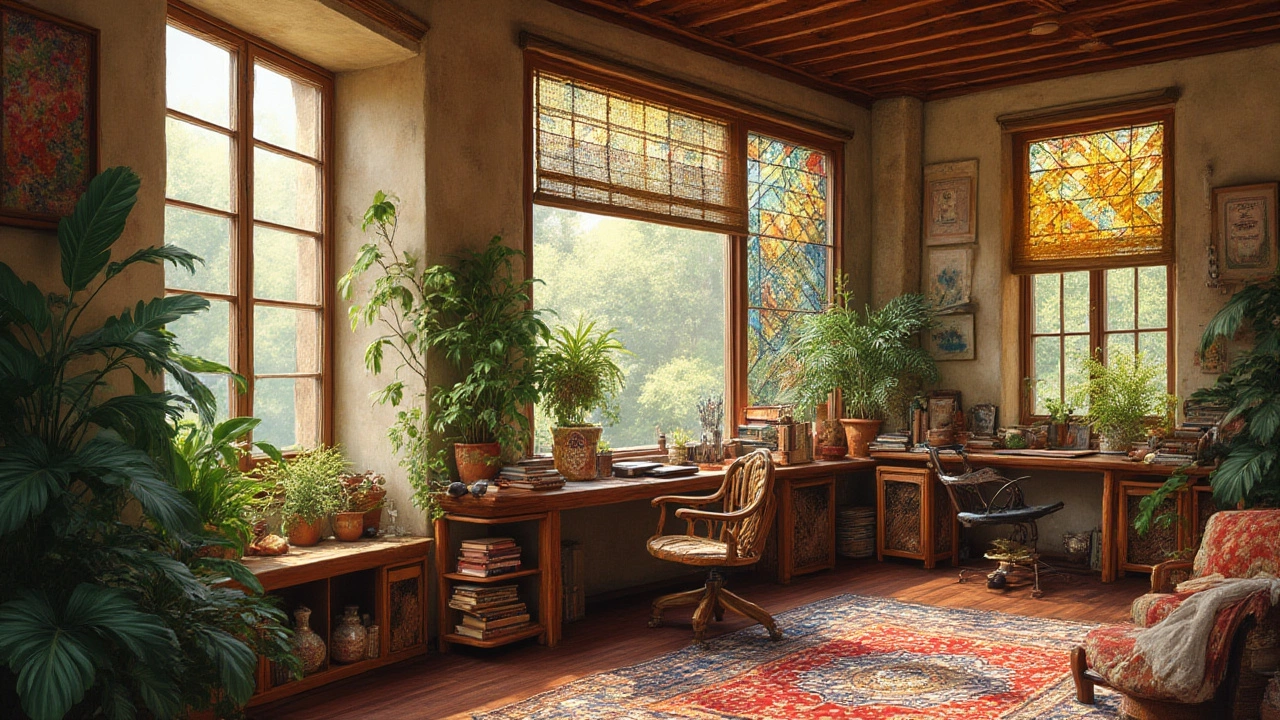
Styling Tips for Stealing Martha’s Window Game
If you’re itching to lose your curtains and copy Martha’s style, you don’t have to blow your budget or hire a decorator. Here are some straightforward steps for nailing that signature look at home:
- Choose shades that fit your window shape. Custom isn’t always pricey—many off-the-shelf options can be trimmed for a snug fit.
- Stick to a natural color palette: tan, white, honey, or pale gray. These colors bounce sunlight around and go with nearly anything.
- Mount your shade outside the window casing for a dramatic, tailored effect that Martha uses in big rooms.
- If privacy’s a concern but you want light, layer a thin sheer behind a bamboo shade, or pick a dual-function Roman that isn’t too see-through.
- Avoid busy prints or shiny hardware. Martha prefers the hardware fades into the background, letting the shade take the focus.
- Keep it consistent in open spaces; the flow helps your home feel bigger and more pulled-together.
- Easy on the accessorizing: skip extra trims, swags, or tassels unless you love a bit of drama. Martha typically keeps it simple and clean.
- Remember to take care of your shades—dust them every couple weeks to avoid build-up. Life’s easier when your home is easy to maintain.
- If you’ve got a statement window or amazing view, go for minimal coverage. Sometimes a simple *shade*—that’s the curtain alternative Martha loves—does wonders on its own.
Here’s one extra-smart hack from Martha herself: buy an inexpensive cordless Roman or bamboo shade off the rack, and add your own trim to match your wall or moldings. She’s demonstrated how a stripe of ribbon or fabric glue takes something basic to “bespoke” in minutes without any sewing. It’s that balance of crafty ingenuity and seeking out quality materials that sets her look apart.
Martha Stewart has turned window dressing into something streamlined, practical, and quietly beautiful. She makes it easy to lose the drapes, welcome the light, and enjoy your own space just a little bit more. Try swapping out your old window coverings with her favorite curtain alternatives—you’ll see what all the fuss (or, actually, the simplicity) is about.
